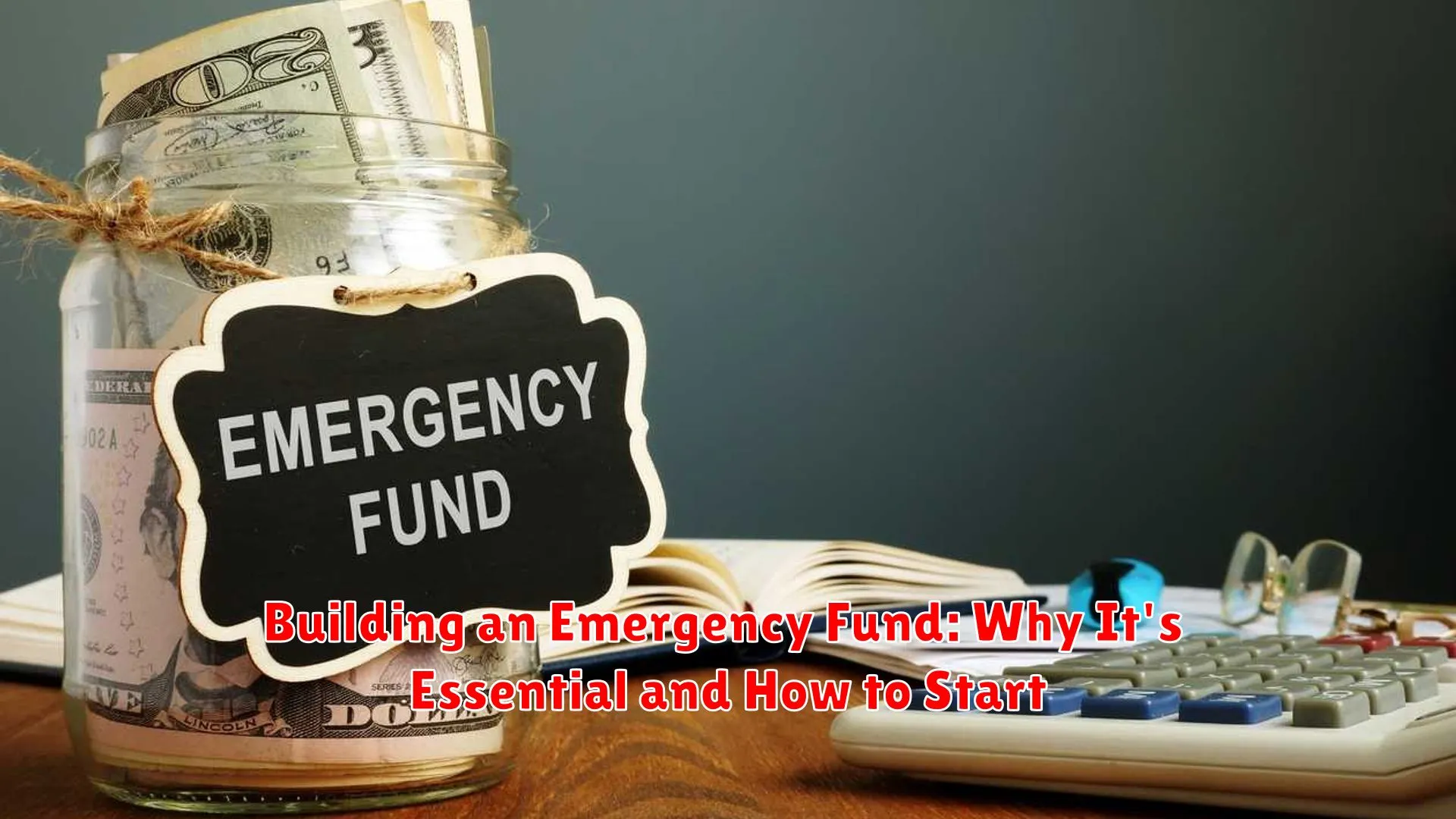Learn the importance of building an emergency fund to safeguard your financial stability. Discover practical tips and strategies on how to kick-start your emergency fund today.
The Purpose of an Emergency Fund

Building an emergency fund is a crucial financial step that provides a safety net during unexpected situations. The primary purpose of an emergency fund is to shield individuals from financial crises that may arise suddenly, such as unexpected medical expenses, job loss, or major home repairs.
Having an emergency fund in place provides peace of mind and reduces financial stress. Instead of worrying about how to cover unexpected costs, individuals with an emergency fund can face these situations confidently without jeopardizing their financial stability.
Another essential purpose of an emergency fund is to prevent individuals from relying on high-interest loans or credit cards in emergencies. By having a dedicated fund set aside, individuals can avoid accumulating debt and its associated financial repercussions.
Furthermore, an emergency fund offers flexibility and financial security by providing a financial cushion in times of need. Whether it’s a sudden car repair or a temporary loss of income, having savings specifically designated for emergencies can help individuals navigate unforeseen circumstances without derailing their long-term financial goals.
Determining the Size of Your Fund

When it comes to building an emergency fund, one key aspect to consider is the size of the fund you need to set aside. The size of your emergency fund should be based on several factors that are unique to your financial situation and lifestyle.
Evaluating Your Expenses
The first step in determining the size of your emergency fund is to evaluate your monthly expenses. Take a close look at your fixed expenses such as rent or mortgage payments, utilities, insurance premiums, and other necessities. Identify the total amount you need to cover these essential costs.
Assessing Your Income Stability
Consider how stable your income is. If you have a reliable source of income, you may need a smaller emergency fund compared to someone with a less predictable income stream. Assess your job security and any other sources of income to gauge the level of financial cushion you may require.
Factoring in Potential Emergencies
It’s essential to consider the potential emergencies that could arise in your life. Think about unexpected medical expenses, car repairs, home maintenance costs, or any other sudden financial needs that could occur. By having a buffer in your emergency fund, you can be better prepared to handle these unexpected situations.
Seeking Expert Advice
If you’re unsure about how much to save in your emergency fund, consider seeking advice from a financial advisor. An expert can help you assess your individual circumstances and recommend an appropriate fund size based on your specific financial goals and risk tolerance.
By carefully evaluating your expenses, income stability, and potential emergencies, you can determine the size of your emergency fund that provides you with a sense of security and peace of mind in times of financial uncertainty.
Effective Saving Strategies

When it comes to building an emergency fund, incorporating effective saving strategies is crucial for financial security and peace of mind.
1. Set Clear Savings Goals: Begin by determining a specific target for your emergency fund, whether it’s three months’ worth of expenses or a different milestone that suits your situation.
2. Automate Savings: Take advantage of technology by setting up automatic transfers from your checking account to your designated emergency fund account.
3. Cut Unnecessary Expenses: Review your monthly spending and identify areas where you can make cutbacks to allocate more funds towards your emergency savings.
4. Establish a Budget: Creating a budget allows you to track your income and expenses more effectively, helping you prioritize saving for emergencies.
5. Increase Income Streams: Consider supplementing your primary income with side gigs or freelance work to boost your savings potential.
6. Utilize Windfalls Wisely: Instead of splurging windfall money, such as tax refunds or bonuses, channel a portion of it towards your emergency fund.
7. Stay Committed: Building an emergency fund requires consistency and discipline, so stay focused on your goals even during challenging times.
Where to Keep Your Emergency Fund

Building an emergency fund is a crucial step in financial planning as it provides a safety net during unexpected situations. Once you have started setting aside money for emergencies, it’s equally important to keep your emergency fund in the right place to ensure it remains easily accessible when needed.
1. High-Yield Savings Account: Consider keeping your emergency fund in a high-yield savings account. These accounts offer better interest rates compared to traditional savings accounts, allowing your money to grow over time while remaining easily accessible. Make sure to choose a reputable bank with FDIC insurance for added security.
2. Money Market Account: Another option is a money market account, which typically offers slightly higher interest rates than regular savings accounts. Money market accounts also provide quick access to your funds, making them a suitable choice for an emergency fund.
3. Certificates of Deposit (CDs): While CDs may offer higher interest rates, they require you to lock in your funds for a specific period. Consider using CDs for a portion of your emergency fund that you may not need immediate access to, as early withdrawal penalties may apply.
4. Online Banks: Online banks often offer competitive interest rates on savings accounts and other financial products. Look for online banks with no monthly fees and convenient mobile banking features to easily manage your emergency fund.
5. Diversification: To reduce risk, consider diversifying your emergency fund across different accounts or financial institutions. This can help protect your funds in case one institution encounters issues, ensuring your emergency fund remains secure and accessible.
Using Your Fund Wisely

When it comes to building an emergency fund, it’s crucial not only to start saving but also to know how to use your funds wisely. Here are some tips to guide you:
Create a Clear Budget
Establish a detailed budget that includes your income, expenses, and savings goals. Knowing where your money is going can help you prioritize your spending and allocate the right amount to your emergency fund.
Emergency Fund Purpose
Your emergency fund should be reserved for unexpected expenses like medical emergencies, car repairs, or job loss. Avoid dipping into it for non-essential purchases or impulse buys.
Separate Your Funds
Keep your emergency fund separate from your regular checking account to prevent easy access for everyday spending. Consider opening a high-yield savings account for better returns and accessibility.
Regular Reviews
Review your emergency fund periodically to ensure it aligns with your current financial situation. Make adjustments as needed based on changes in your income, expenses, or any additional savings goals.
Conclusion
Establishing an emergency fund is crucial for financial security. Start by setting a realistic savings goal and consistently contribute to it. Having a safety net can provide peace of mind during unexpected situations.

